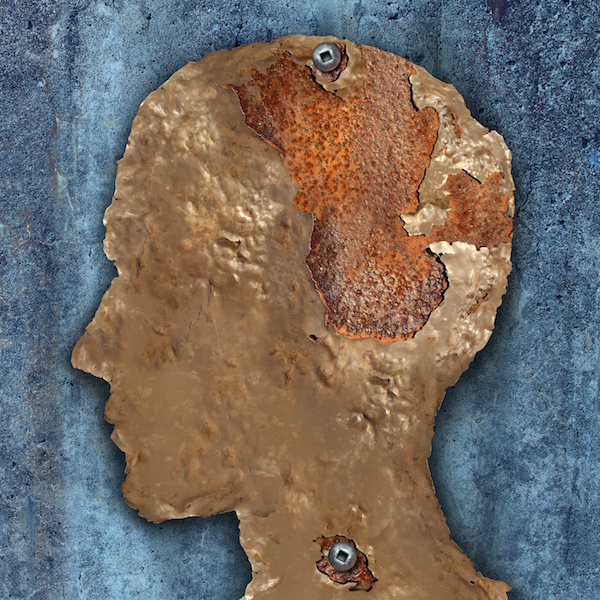MONDAY, Oct. 26, 2015 (HealthDay News) — A program designed to prevent “shaken baby syndrome” in North Carolina didn’t reduce rates of infant head injuries caused by this form of child abuse, a new study finds.
“Shaken baby syndrome, also called abusive head trauma, occurs when an infant is violently shaken, and is the leading cause of child abuse deaths in the United States,” explained Dr. Minu George, an expert in pediatric care who was not involved with the study.
“The consequences of shaken baby syndrome are so devastating that prevention should be the primary focus of doctors, nurses, social workers and families,” George added.
According to the researchers, crying is typically the most common trigger of shaken baby syndrome, which can cause death or leave children with long-term brain damage.
In the new report, a team led by Dr. Adam Zolotor of the University of North Carolina, Chapel Hill, looked at the impact of a program aimed at preventing cases of shaken baby syndrome.
Nearly 90 percent of parents of newborns in North Carolina took part in the program between June 2009 and September 2012. The program taught parents about recognizing and dealing with normal infant crying. For example, when a parent feels overwhelmed by a crying baby, they are encouraged to temporarily hand the child off to another caregiver.
Two years after the program was introduced, calls to a nurse advice line for infant crying fell by 20 percent among parents of children younger than 3 months, and by 12 percent for parents of children aged 3 to 12 months, Zolotor’s team reported.
However, there was no decline in the rate of shaken baby syndrome in North Carolina. In fact, the rate before the program was 34 per 100,000 person-years and 36 after the program, the study found.
“This does not mean that the intervention does not work,” Zolotor said in a university news release. “It simply means that our study did not demonstrate that it did work, and additional studies are needed to answer that question definitively,” he added.
“There are many reasons that we may not have shown a decrease in rates of abusive head trauma, including the recession, the fact that this is a rare problem, and other factors that we did not observe,” Zolotor explained.
Economic downswings can alter child abuse statistics, another researcher pointed out.
“The intervention took place during the most significant economic recession since the great depression,” said Dr. Desmond Runyan, director of the Kempe Center for the Prevention and Treatment of Child Abuse and Neglect at the University of Colorado.
“Four previous studies have shown the recession to be associated with increased rates of abusive head trauma,” so any decrease caused by the intervention might have been masked by the impact of the recession, Runyan explained in the university news release. “In North Carolina, we may not have shown a decrease, but there was no increase in rates of abusive head trauma,” despite the recession, he said.
The study was published online Oct. 26 in the journal JAMA Pediatrics.
The findings raise questions about the effectiveness of shaken baby prevention programs and highlight the challenges in reducing rates of this form of child abuse, Dr. Joanne Wood, from The Children’s Hospital of Pennsylvania, added in an accompanying editorial.
However, the high costs of shaken baby syndrome “to children, families and society demand that we must not give up,” she said.
George, who is interim chief of general pediatrics at Cohen Children’s Medical Center in New Hyde Park, N.Y., agreed.
“We are just beginning to understand abusive head trauma and a lot more research needs to be performed in this area,” she said.
More information
The U.S. National Institute of Neurological Disorders and Stroke has more about shaken baby syndrome.
Copyright © 2025 HealthDay. All rights reserved.

